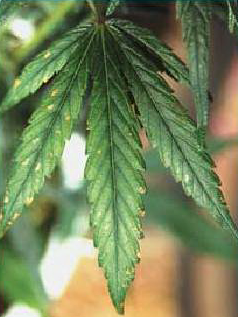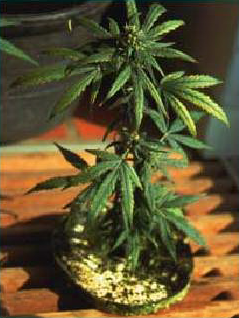Summary
Magnesium is a vital element for humans, plants and animals. Among other things it is a building block for chlorophyll in plants so it is essential for photosynthesis and it also plays an important role in a number of metabolic processes. Magnesium compounds have been used since antiquity in medicine for heartburn, against poisoning and as a laxative. Magnesium powder is used on equipment for gymnastic exercises because it makes the hands rough and absorbs moisture. Magnesium is a very light, malleable, elastic metal with a silver-white sheen that burns with a blinding light in the air. It is one of the most common elements on earth and the earth’s crust contains approx. 2.09% magnesium, but only in compound form. Magnesium compounds are frequently found in seawater, salt deposits, water from salt lakes and in some mineral waters. It is also present in tap water and, together with calcium, is responsible for the hardness of water. Inorganic, magnesium fertilizers are prepared from the same salts as are used when preparing potassium fertilizers. When grown from seeds cannabis don’t need extra nutrients for the first two weeks.
- There are no visible symptoms in the first 3 – 4 weeks, the plant continues to grow well, is dark green and looks healthy.
- The deficiency symptoms first become visible in hemp after 4 – 6 weeks when small, rust brown necrotic spots and/or cloud-like chlorosis appear under the flowering top on the middle-aged leaves. The color of the young leaves and the development of the flowers remains normal.
- The size and number of the rust brown spots increases on the leaves while the chlorosis also spreads and becomes yellower.
- The symptoms spread throughout the plant which will now look a sorry sight.
- If it is a serious deficiency the young leaves will also become chlorotic and production will fall.
Developments in chronological order:
Symptoms
Magnesium is mobile in the marijuana plant so if there is a deficiency, the chloroplasts in the middle-aged leaves that are below the flowering top are broken down and the magnesium is transported to the young parts. This process of breaking down the chlorophyll is manifested in the rust brown spots and/or vague, cloud-like chlorotic spots between the veins. It is more difficult to extract magnesium from the older leaves because the magnesium is an intrinsic part of the organic material. A minor magnesium deficiency has little effect on flowering despite the fact that the formation of flowers makes the magnesium deficiency symptoms worse.
Development
- There are no visible symptoms in the first 3 – 4 weeks, the plant continues to grow well, is dark green and looks healthy.

- The deficiency symptoms first become visible in hemp after 4 – 6 weeks when small, rust brown necrotic spots and/or cloud-like chlorosis appear under the flowering top on the middle-aged leaves. The colour of the young leaves and the development of the flowers is still normal.
- The size and number of the rust brown spots increases on the leaves while the chlorosis also increases and becomes yellower.
- The symptoms spread throughout the plant which will now look a sorry sight.
- If it is a serious deficiency the young leaves will also become chlorotic and production will fall.
Possible causes
Magnesium deficiencies in cannabis occur more often relative to other deficiencies. Magnesium deficiency in the root environment can also occur when magnesium levels are normal or high as well as when there is a deficiency. This is because absorption can be slowed down by all sorts of circumstances.
Some of these are:
- A very wet, cold and/or acidic root environment.
- High levels of potassium, ammonium and/or calcium (for example a lot of lime in the tap water or lime rich, clay ground) compared with the magnesium levels.
- Limited root system and a heavy load on the plants.
- High EC in the medium, inhibited evaporation.
What should you do?
- Use fertilizers that contain magnesium as a preventative measure and spray with Epsom salts as a curative measure.
- Check the temperature, humidity, EC and pH in the soil or substrate.
- Go to the shop for expert advice. They specialize in this crop and have the right products available. Correctly formulated fertilizer contains sufficient magnesium.
- If it has been established that there is a deficiency you should spray with a 2% solution of Epsom salts.
Fertilizing via the roots: Inorganic: Epsom salts on hydro, kieserite on soil. Organic: old, rotten stable or turkey manure.
- Correct possible causes: If the pH is too low (< 5) when cultivating in soil use turkey manure which contains magnesium. With hydro cultivation temporarily drip feed the nutrient solution at a higher pH of 6.5. If the EC is too high rinse and/or drip feed with just tap water temporarily. When cultivating inside keep the root temperature above 19 ºC (20-25 ºC).
A little extra magnesium won’t do any harm and excess magnesium doesn’t occur very often when cultivating with soil. If there is too much magnesium, calcium absorption will slow down and it will look like there is too much salt because growth will slow down and the crop will turn dark green.
